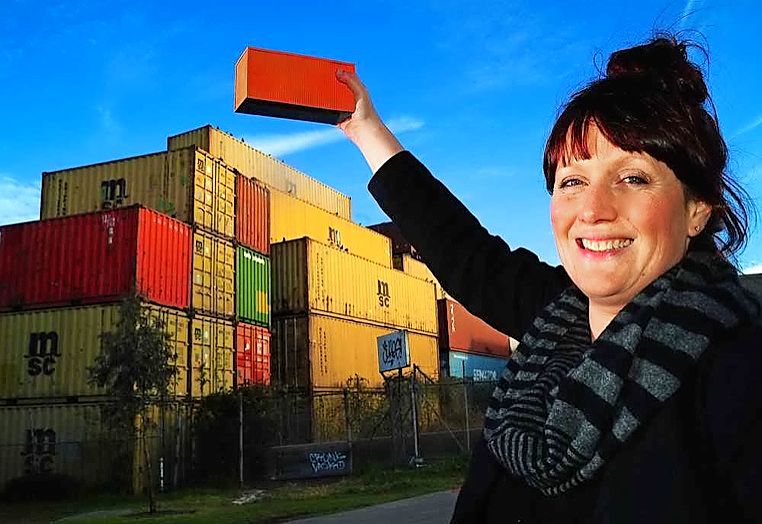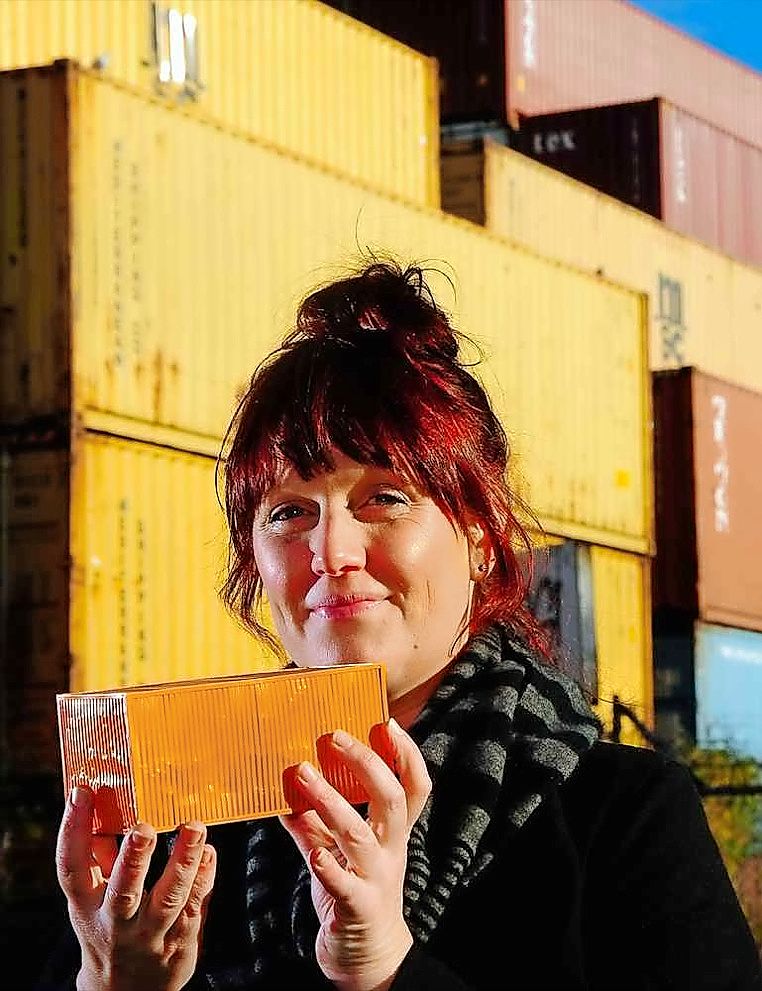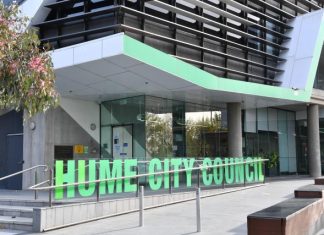Yarraville artist Katrina Tyler creates wearable and sculptural pieces inspired by the industrial
landscape in and around Melbourne’s inner west. She speaks with Benjamin Millar.
What’s your connection with Yarraville?
My dad worked in Yarraville for about 15 years, and I’ve lived here since a moment of serendipity in 2008. After returning to Melbourne from three years living in Darwin, a rental fell through in Seddon and the next available place was above Dual hairdressing in the village, and we haven’t looked back. After about three years of renting in the village we eventually bought our current house on Anderson Street.
What do you love best about the area?
Pre-children it was very much about proximity to the city, lots of cafes and restaurants opening, the Sun Theatre and feeling a part of the thriving and changing inner west. Now we have two children, the abundance of parks, proximity to Williamstown beach and strength of the local community have all come into their own.
What are your favourite local places?
My favourite place is Cruikshank Park. I love how it cuts through the suburb and offers a slice of open space and native plantings perfect for a meander, power walk or bit of cloud spotting. Mosey is my favorite store, another green oasis, Common Galaxia is my favourite spot for a coffee, Footscray Community Arts Centre, Trocadero Art Space and Five Walls are my favourite for a fix of local art. We’re loving Friend or Pho for chicken ribs and pancakes.
How has living here inspired and shaped your creative practice?
Finding moments of beauty in my everyday encounters, especially within the built environment, has played a huge part in my work from the beginning. Living in our area, I’ve spent a lot of time contemplating shipping containers, factories, freight trains, trucks and oil tanks, and have been inspired by the colours, repetition, order, textures and moments of dilapidated beauty and sculptural qualities they reveal. Working in metal, I’ve felt a material connection to the area, and wanted to emulate the colourful, ordered, dilapidated and distressed aesthetic in my work.
What drew you to working with jewellery, sculpture and public art?
I’ve always been a ‘maker’ and loved jewellery and sculptural forms. While studying interior design at RMIT I went on a design studio trip to Mexico in 1998 where we visited Taxco, the famous silver mining town. There were little studios scattered along winding paths through a wooded hillside, upon seeing jewellers at work I had my ‘I want to do that!’ moment. I dropped out of interior design and commenced gold and silversmithing, also at RMIT.
After travelling through central Australia I settled in Darwin for three years and was fortunate to gain my first public art commission for the Darwin Waterfront development. Since then I’ve gained five commissions in Australia and China.
Metalsmithing and contemporary jewellery allows me to draw on a long history of making techniques and processes, and has the potential to engage with new technologies and aesthetics. I love that I can play with scale and location, from the scale of the body, to public space, and that viewers get to wear and interact with the work.
What can people expect from Container, your latest exhibition?
Visitors can expect a vibrant and colourful array of wearable and sculptural pieces that reflect the colours, textures and forms I’m drawn to in our local industrial landscape. Stacks of shipping containers, freight trains and corrugated iron-clad factories and warehouses have directly influenced the work.
I hope visitors get a sense of the moments of beauty and interest I see in our location and landscape and take away a snapshot of what contemporary jewellery and metalwork can offer.
Container will be showing at Trocadero Art Space as part of Radiant Pavilion 2017, Melbourne’s contemporary jewellery and object biennial. It opens 6pm Wednesday, August 30, with artist talk and drinks 4-6pm Saturday, September 16.








